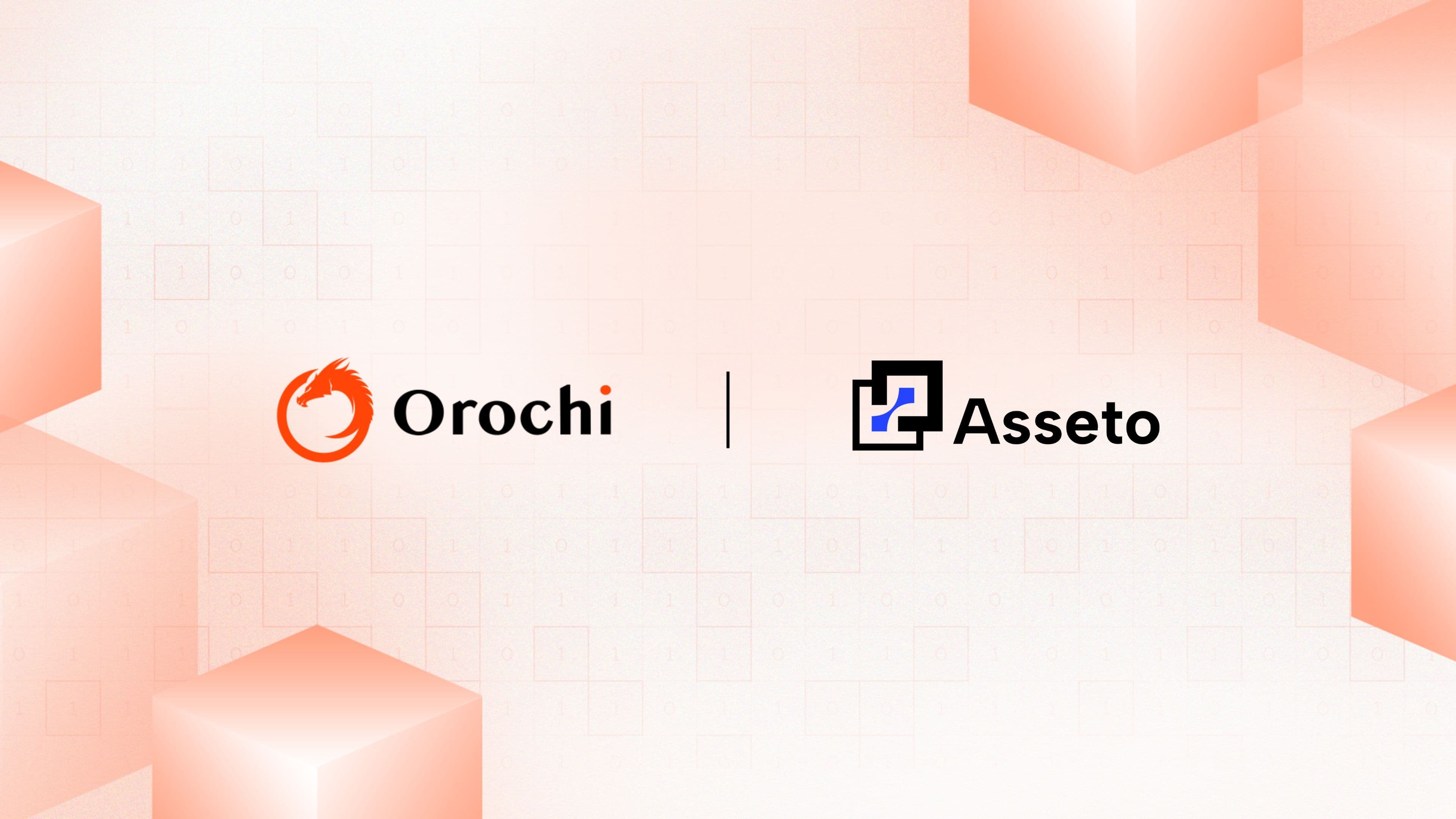Securing the Future of Web3: Insights from Q3 2024 Security Reports
November 4, 2025
4 mins read
The Q3 2024 reports reveal key shifts in Web3 security, highlighting the challenges developers face in protecting blockchain ecosystems. This article summarizes the vulnerabilities, trends, and strategies outlined to strengthen Web3 security.

Securing the Future of Web3: Insights from Q3 2024 Security Reports
The third quarter of 2024 brought notable shifts in the landscape of Web3 security, as highlighted by the recent quarterly reports from Certik & Hacken. These reports illuminate the pressing challenges developers and security experts face in safeguarding blockchain ecosystems.
This article synthesizes the findings from these reports, offering a comprehensive overview of the vulnerabilities, trends, and recommended strategies to enhance Web3 security.
The Landscape of DeFi Attacks: A Mixed Bag
In Q3 2024, the number of DeFi hacks decreased to the lowest level seen in three years, with only 28 reported incidents. However, despite this decline, the financial ramifications remain dire. Notably, 95% of stolen assets were unrecoverable, starkly contrasting previous quarters where significant portions of stolen funds could be retrieved.
According to the reports, the total losses in DeFi hacks reached $463 million, with centralized exchanges (CEXs) and blockchain bridges remaining the primary targets. These platforms are appealing to attackers due to their substantial liquidity pools and cross-chain functionality. Asia emerged as a hotspot for these attacks, underscoring the need for enhanced security measures in regions with high blockchain adoption but potentially lagging security protocols.
Identifying Critical Vulnerabilities
The Q3 reports highlight several key vulnerabilities that contributed to the high rates of financial losses:
Access Control Issues: A lot of attacks happened because unauthorized people gained access to important parts of projects, often through vulnerabilities in multi-signature wallets. It’s alarming that these access issues accounted for more losses than any other method. It’s a stark reminder to be vigilant about who has access to our funds.
Lack of Automated Incident Response: Nearly 30% of hacks could have been avoided with better real-time detection and response strategies. Simple precautions could have saved a lot of people from losing their money. Implementing these systems isn’t just smart; it’s necessary for protecting investments.
Need for Ongoing Smart Contract Audits: Once a smart contract is deployed, it doesn’t mean the job is done. The reports stress how important it is to keep auditing contracts, especially after updates. Regular check-ups can catch new vulnerabilities before they cause damage, ensuring the safety of our assets.
Risks from New Tokens: While the number of classic scams like rug pulls has decreased, new risks are emerging, particularly with the rise of memecoins. Many of these projects seem to pop up overnight, aiming to attract quick investments. This makes it crucial to thoroughly research and scrutinize any new tokens before diving in.
Strategies for Enhanced Security
To address these vulnerabilities and strengthen the security of blockchain platforms, the reports recommend a multi-faceted approach:
Deploy Automated Incident Response Systems: Implementing real-time monitoring tools can help detect anomalies before they escalate into significant financial losses. These systems should be able to halt or revert malicious transactions effectively.
Conduct Bridge-Specific Security Audits: Given the unique vulnerabilities associated with cross-chain operations, focused audits are essential. These audits should identify weaknesses in token transfer processes across different chains.
Strengthen Access Control Mechanisms: Multi-factor authentication and decentralized governance should be incorporated to limit unauthorized access, particularly in upgradable contracts.
Encourage Bug Bounty Programs: Fostering a culture of responsible disclosure through bug bounty initiatives can help identify vulnerabilities before they are exploited. Such programs have proven effective in incentivizing ethical hackers to report issues.
Focus on Private Key Security: Utilizing hardware wallets and advanced key management solutions is crucial in minimizing the risks associated with compromised private keys, which remain a significant attack vector.
Conclusion: The Path Forward for Web3 Security
The insights from the Q3 2024 Web3 Security Reports signal a critical moment for developers, auditors, and security experts in the blockchain realm. Although the reduction in the number of hacks is a positive development, the high rate of unrecovered funds underscores the necessity for more robust security practices.
By adopting automated incident response strategies, conducting continuous smart contract audits, and enhancing access control mechanisms, stakeholders can significantly improve the resilience of DeFi ecosystems. The future of Web3 security hinges on proactive measures and collaboration within the community, ensuring a safer environment for all participants.
At Orochi Network, we are committed to building a secure and resilient blockchain environment. By prioritizing robust security practices in every aspect of our product development and foundational processes, we ensure a transparent and secure experience for all users. We live by the principle: "Don't trust, verify”!
About Orochi Network
Orochi Network stands out as the world's first Zero-Knowledge Modular Data Availability Layer (zkMDAL) granted by Ethereum Foundation. By leveraging ZKPs, Orochi ensures data integrity, security, and interoperability while empowering developers with building blocks to break the limitations of on-chain execution and scalability issues of Web3.
Experience verifiable data in action - Join the zkDatabase live demo!
Book a Demo











